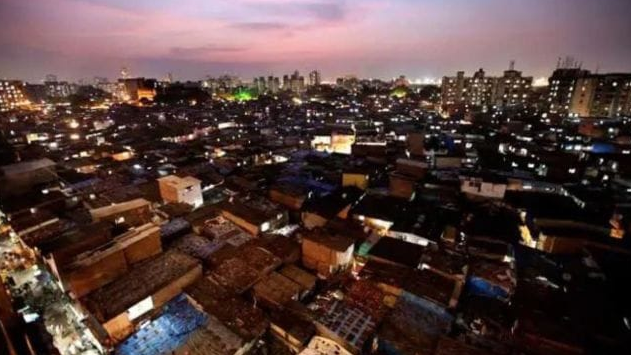Kerala, known for its scenic beauty and high human development indices, also faces a unique challenge: a surplus of vacant homes alongside ongoing construction. The latest data from Kerala’s economic and statistics department highlights a paradoxical trend in the state’s housing sector.
In the fiscal year 2021-22, Kerala witnessed the construction of 3.95 lakh new buildings, with approximately 73.58 percent (roughly 2.90 lakh) dedicated to residential purposes. This marked an 11.22 percent increase from the previous year, reflecting an economic rebound following the pandemic.
Malappuram district emerged as the leader in new construction, accounting for 53,774 buildings, while Idukki reported the lowest count at 8,751. The surge in Malappuram underscores robust construction activities driven by factors like population growth, urbanization, and economic prosperity fueled by foreign remittances, according to the report.
The Kerala Migration Survey 2023 aligns with these findings, revealing that a significant portion of remittances—21 percent—flows into the housing sector. This influx supports not only new construction but also contributes to the maintenance and improvement of existing properties across the state.
However, the report also sheds light on a concerning disparity: between 10-15 lakh houses across rural and urban Kerala remain vacant or underutilized, primarily owned by affluent households. The state planning board’s 2022 report on housing noted that many affluent families construct large homes disproportionate to their actual needs, contributing to this surplus.
Interestingly, non-residential buildings—comprising commercial and industrial sectors—constituted only 26.42 percent of the total new constructions. Within this category, commercial properties accounted for the majority at 85.52 percent, with industrial and institutional buildings making up 4.87 percent and 2.53 percent, respectively.
Government involvement in new constructions remains limited, with private entities owning 97.76 percent of the newly built structures in 2021-22. Government and local bodies accounted for a mere 0.76 percent, while other entities owned 1.48 percent of the buildings.
Geographically, rural areas dominated the new construction landscape, hosting 70.96 percent of residential buildings and a significant share of non-residential buildings. This trend underscores growing economic activities outside urban centers, further fueled by infrastructural development and local entrepreneurship.
As Kerala navigates the complexities of its housing market, balancing new construction with effective utilization of existing resources remains crucial. Addressing the surplus of vacant homes while fostering sustainable urban development will be pivotal for the state’s future growth and equitable prosperity.

